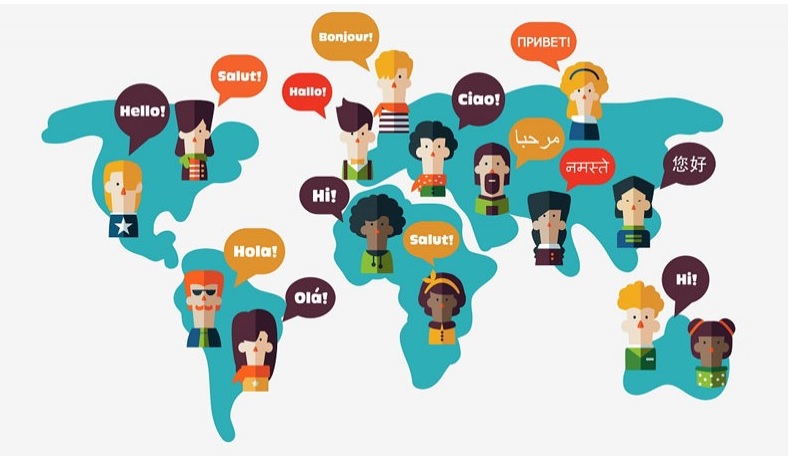
In today’s interconnected global landscape, the language industry plays a crucial role in bridging linguistic barriers and enabling effective communication across cultures. From translation and interpretation to localization and language technology, the language industry encompasses a wide range of services that facilitate multilingual interactions. However, this dynamic and ever-evolving sector faces several challenges that require innovative solutions. In this blog post, we will explore some of the significant challenges in the language industry and discuss how professionals are tackling them.
Increasing Demand for Multilingual Content
As businesses expand their reach to new markets, the demand for multilingual content has skyrocketed. Companies require translations of their websites, marketing materials, product documentation, and more to effectively engage with diverse audiences. This surge in demand poses challenges such as tight deadlines, maintaining quality, and managing large volumes of content. Language service providers must invest in advanced translation technologies, collaborate with skilled linguists, and streamline their workflows to meet these increasing demands effectively.
Quality Assurance and Linguistic Accuracy
Maintaining high standards of linguistic accuracy and quality assurance is paramount in the language industry. Translators and linguists strive to accurately convey the original message while ensuring cultural relevance and idiomatic expression. However, achieving this level of precision consistently can be challenging, especially with complex texts or specialized subject matters. Language professionals are embracing computer-assisted translation tools, implementing rigorous quality assurance processes, and collaborating closely with clients to ensure accurate and culturally appropriate translations.
Rapid Advancement of Language Technology
Language technology is continuously evolving, revolutionizing the language industry and how professionals work. Machine Translation (MT), Natural Language Processing (NLP), and Artificial Intelligence (AI) have all made significant advancements, enabling faster translations and innovative language solutions. However, effectively incorporating these technologies into workflows can be a challenge. Language professionals must adapt to new tools, balance human expertise with automation, and ensure that machine-generated translations meet the required quality standards.
Cultural Sensitivity and Localization
Localization involves adapting content to specific cultures, considering linguistic nuances, cultural references, and preferences. While machine translation can provide a starting point, localizing content requires a deep understanding of the target culture. Challenges arise when translating idiomatic expressions, humor, or culturally sensitive content. It is vital for language professionals to collaborate with in-country linguists who possess a deep understanding of the target culture and its linguistic subtleties to ensure accurate and culturally appropriate translations.
Recruiting and Retaining Skilled Linguists
Finding and retaining skilled linguists is an ongoing challenge in the language industry. As the demand for language services continues to rise, there is a growing need for qualified translators, interpreters, and localization specialists. However, attracting talented professionals and building long-term relationships can be difficult. Language service providers must invest in training programs, provide career advancement opportunities, and foster a supportive environment to attract and retain top talent.
The language industry plays a vital role in enabling global communication and fostering cultural exchange. While it faces numerous challenges, language professionals are constantly adapting and innovating to meet the demands of a multilingual world. By leveraging advanced language technologies, collaborating closely with clients, and prioritizing linguistic accuracy and cultural sensitivity, the industry is working towards overcoming these challenges. As the world becomes increasingly interconnected, the language industry will continue to evolve, supporting effective communication and bridging linguistic barriers for a more inclusive and globalized society.